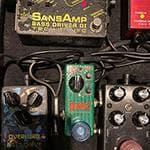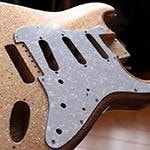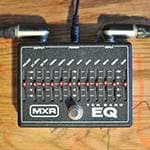Hello, this is Conservario.
When you hear the word "jazz," what kind of music comes to mind?
"I can't quite put it into words, but something that sounds jazzy!"
"'Autumn Leaves' is pretty famous, right?"
"There's such a big difference between Dizzy Gillespie's early and later performances..."
Everyone has their own thoughts on jazz.
Today, I’d like to introduce one of the most iconic jazz standards, "Fly Me to the Moon."
By the time you finish reading, you'll be able to play that familiar melody—so grab your instrument and follow along!
First, here’s the sheet music written in tablature.

The key has been slightly adjusted to make it easier to play, but the original feel of the song remains intact.
If you can casually play this in front of jazz enthusiasts, you're sure to get an "Oh!" reaction. (If not, my apologies!)
The sheet music includes only the melody, not the chords.
In the jazz world, this main melody is called the "theme."
Remembering this term will surely come in handy when talking with jazz fans in the future!
Now, let's break down the details of how to play it, including rhythm and technique.
If you take a close look at the sheet music, you'll notice rhythm symbols.
There's a mark that looks like a staple above some numbers (a shape similar to a square with the bottom line removed).
This represents the eighth note rhythm.
If you're unfamiliar with eighth notes, here's a simple explanation:
When you count "One, Two, Three, Four," playing two notes per beat creates an eighth-note rhythm.
For example:
Jan-jan (One), Jan-jan (Two), Jan-jan (Three), Jan-jan (Four)—like this!
You'll also notice another type of rhythm symbol in the sheet music.
At the end of each line, there's a number circled with a vertical line through it.
This represents a half note rhythm.
A half note means you should hold the sound for two counts.
When combined with eighth notes, the rhythm sounds like this:
Jan-jan (One), Jan-jan (Two), Jaaaan (Three, Four).
Explaining rhythm using only words can be quite challenging.
Often, just listening to or playing the notes makes it instantly clear.
So, instead of overthinking it, let’s start playing!
It's a good idea to assign specific fingers to each fret for your left hand.
I recommend the following:
3rd fret → Ring finger
2nd fret → Middle finger
1st fret → Index finger
Stick to this finger placement no matter which string you're playing on.
Why assign fingers to specific frets?
Because it makes your playing more stable.
For example, if you randomly switch between your ring, middle, and index fingers when playing the 3rd fret on the 2nd string, your playing will become inconsistent and harder to control.
That's why it's best to decide on your finger placement before you start playing!
For your right hand, use your thumb to pluck each string individually.
Play carefully and focus on the string you're hitting.
If you're used to playing chords, picking single notes one by one might feel tricky at first.
However, once you get the hang of it, it will become easier—and it's a valuable skill that will definitely come in handy in the future.
This phrase also features open strings frequently.
Try to keep the sound of open strings balanced with fretted notes.
Maintaining an even tone between them will greatly enhance your musical expression!
An open string vibrates freely since you're not pressing it down, making it naturally louder and slightly different in tone compared to fretted notes.
To balance the sound, you have two options:
Pluck the fretted notes more firmly so they match the volume of the open strings.
Play the open strings more gently to blend them with the fretted notes.
Choose the approach that works best for you!
■ Summary
I’ve explained how to play the melody of "Fly Me to the Moon."
I hope this gave you a sense of the atmosphere of jazz music.
I believe that the ukulele is an instrument that can be used to play any kind of music.
So, limiting it to just Hawaiian or pop music would be a waste!
Since this lesson focused only on the melody, those who are used to a full band sound might have found it a bit lacking.
However, if one person plays the melody and another plays the chords, you can create a much richer, more musical performance as a duo.
If trying out this small section made you think, "I want to play the whole song!", then head to a music store!
You'll find many instructional books and sheet music collections featuring famous songs arranged in different styles.
Pick one that doesn’t seem too difficult, give it a try, and practice.
You’ll grow to love the ukulele even more!
Thank you for reading until the end.
The “sound & person” column is made up of contributions from you.
For details about contributing, click here.







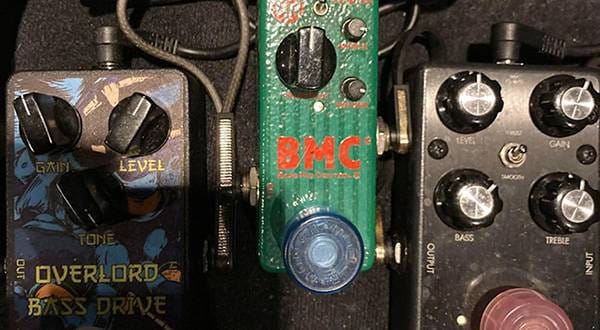
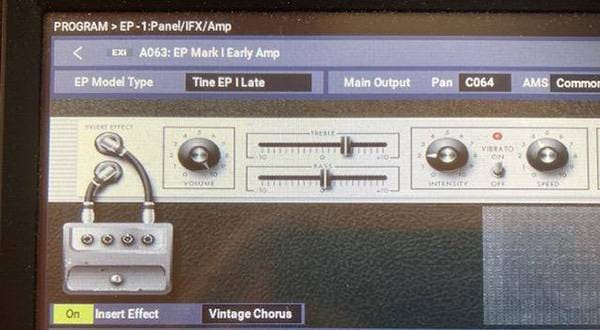
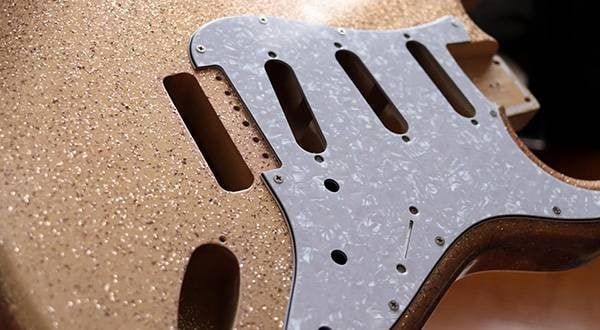
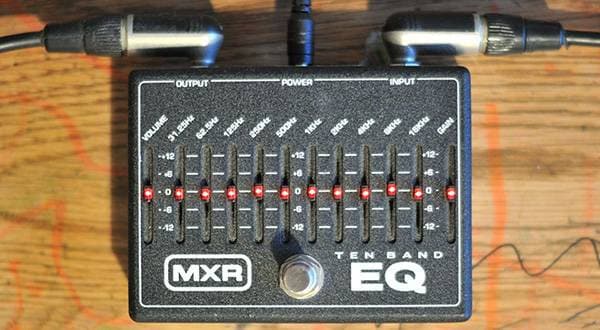
![[Enjoy the Ukulele Even More!] Who Is Suited for the Ukulele?](/contents/uploads/thumbs/5/2022/4/20220419_5_17569_1.jpg)
![[Guitar Guide] How to Connect Arpeggios Smoothly](/contents/uploads/thumbs/5/2022/4/20220419_5_17565_1.jpg)
![[Enjoy the Ukulele Even More!] Let’s play “Aloha ‘Oe”](/contents/uploads/thumbs/5/2022/4/20220419_5_17558_1.jpg)
![[Enjoy the Ukulele Even More!] Bad habits that Often Happen in Beginner to Intermediate Ukulele Players](/contents/uploads/thumbs/5/2022/4/20220418_5_17527_1.jpg)
![[Enjoy the Ukulele Even More!] Playing, Extending, and Stopping the Sound](/contents/uploads/thumbs/5/2022/2/20220218_5_16781_1.jpg)
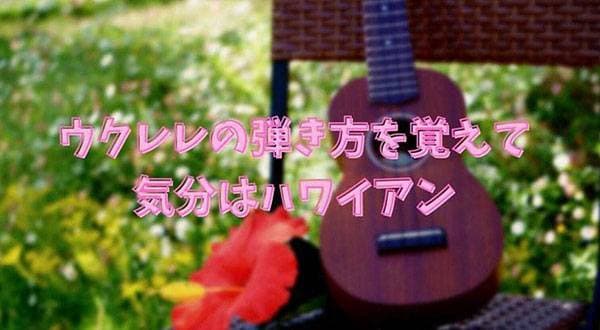
 サウンドハウス社員が選ぶ 『おもしろ商品』はコレだ!
サウンドハウス社員が選ぶ 『おもしろ商品』はコレだ!
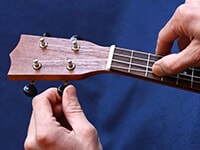 ウクレレのチューニング方法
ウクレレのチューニング方法
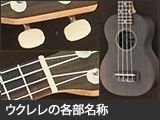 ウクレレの各部名称
ウクレレの各部名称
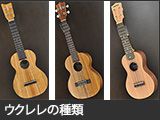 ウクレレの種類
ウクレレの種類
 ウクレレスタートガイド
ウクレレスタートガイド
 ウクレレ初心者講座
ウクレレ初心者講座

